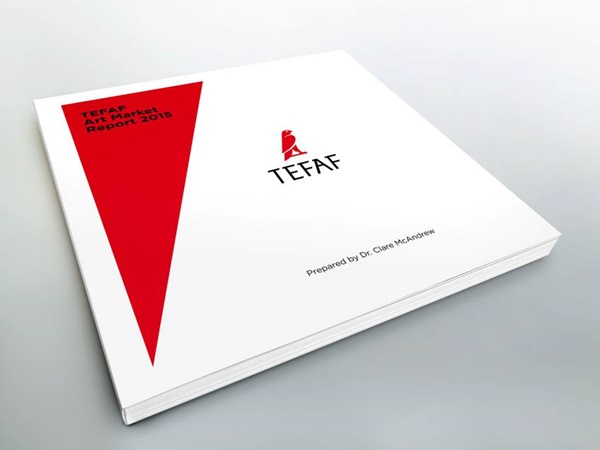
Want to know what really piqued our interest about the extensive 2015 TEFAF art market report (see World Art Market Passes €51 Billion Says 2015 TEFAF Art Market Report)? The growth of the online art market, which is estimated to have reached €3.3 billion ($3.5 billion) this past year.
This means that online art sales accounted for six percent of the total global art and antiques sales for 2014. That’s a big number considering online sales have only gotten off the ground in the past few years.
By online market, the report is referring to the addition into the market of a “new layer of companies,” which include both retail companies that sell their art directly to buyers online as well as intermediary players that provide a platform for the traditional galleries and auction houses to enter the online game.
It appears that despite competition from established auction houses, skepticism from traditionalists, and a seemingly over-saturated market of start-ups with only slight variations on the same business model, online art sales platforms (at least some of them) are turning a real profit (see The Truth About the Murky Online Art Market, Artspace Sale Augurs Inevitable Shake-Out in Online Art Sales, and Online Sales Platform Offers Artists a Cut). With a number like €3.3 billion, someone’s clearly making money.
Unsurprisingly, the report shows that the middle market (between $1,000—$50,000) has been the focal point for most online selling.
Of course, this number doesn’t just refer to fine art sales, but also to antiques, which has a different market and its own set of sales platforms. The figure is also likely buffered in part by the online sales arms of Christie’s, Sotheby’s, and other auction houses.
But even with these qualifiers, for online art sales platforms whose profits are often questioned because their earnings are not publicly disclosed, the report could be seen as an economic reflection of the positive kind.